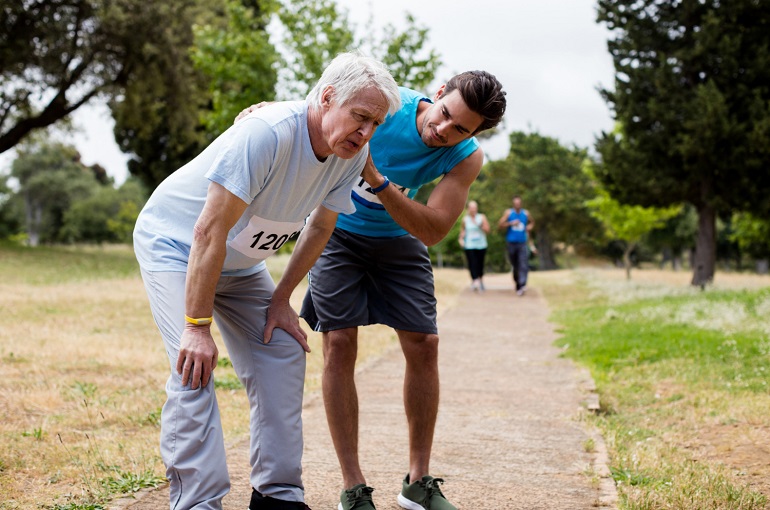
Aging is a natural process, but there are many ways to prepare for it. Physical therapists see an increasing number of older adults presenting with issues related to frailty, poor balance, generalized deconditioning, and functional limitations. We'll go over some overlooked assessments that will help you improve your care for the elderly. Several key areas are covered in these assessments: muscle power, strength and endurance, aerobic capacity, and balance.
It is common for older adults to experience balance problems or fall risk, which can be attributed to a variety of factors. The Brief-BESTest swiftly assesses several of these areas, including lateral hip strength, stability limits, anticipatory postural adjustment, reactive postural adjustment, sensory orientation, and stability in gait. Using this assessment, we can identify a client's most critical balance impairments by examining each area separately. If time permits, there are longer versions of this assessment; however, many clinicians find that the Brief-BESTest provides sufficient information. If you are looking for an orthopedic center in Pune, visit us today.
Walking is the most common cause of falls among older adults. Objective measures of dynamic balance are vital. The four-square-step test examines stepping in multiple directions by having the client step over objects forward, sideways, and backward. This challenging test not only assesses their ability to clear the ground when stepping but also their capacity to perform anticipatory postural adjustments in multiple directions.
One of the most common issues in older adults is a decline in muscle power, which is also responsible for the decrease in functional mobility. The 30-second sit-to-stand test is an assessment that includes muscular endurance, cardiorespiratory capacity, and muscle power, which makes it difficult to see how muscle power limits a client's mobility.
The 4-Stair Climb Power Test is a quick assessment of lower extremity power that requires clients to rapidly ascend 4 steps as quickly as possible (using a handrail if needed). This test is an abbreviated version of the Stair Climb Power Test, which is valuable for tracking both muscle power and quantifying progress on functional tasks such as stair negotiation. Visit us today for the best orthopedic treatment in Pune.
We routinely measure gross lower extremity strength and endurance in older adults but often miss a crucial component: plantar flexor strength and endurance. Plantar flexion strength and endurance are strongly associated with gait and balance capabilities in older adults, yet they are often overlooked. Plantar flexors are the muscles that help us walk, run, and jump. To measure plantar flexor performance, we need more than manual muscle testing (MMT). A short lever arm limits the ability of the MMT to quantify functional weakness for many people when it comes to the plantar flexors because these muscles tend to be strong.
To perform this test, we'll have you perform single-leg heel rises at a rate of 1 per second until failure. This test has age- and gender-matched normative data, which can aid in goal-setting for clients. For full details on the administration and interpretation of this assessment, visit our Orthopedic Center in Baner.
Exercise for older adults is about more than just losing weight and getting in shape; it is also about improving your quality of life. Older adults can experience pulmonary and cardiovascular changes that limit their functional capacity. This not only influences our prescription of aerobic exercise but also how we structure an exercise program for an older adult. For example, if a client has the low aerobic capacity, they may require longer rest breaks. Further, they may need to start with a higher frequency of weekly sessions of shorter duration, since they may lack the work capacity for longer exercise sessions.
A 6-minute walk test is a useful tool for assessing aerobic capacity; however, it may not be available in all clinics due to space or equipment issues. The 2-minute step test counts the number of times the subject elevates their right leg to a target taped against a wall to gauge aerobic capacity. This test is not only time-efficient but also eliminates balance as a limiting factor since the client is able to hold onto an object for support. For comparison, this assessment also includes normative data that are age- and sex-matched.